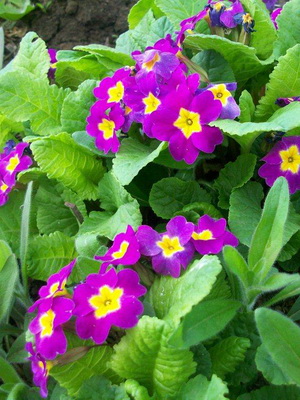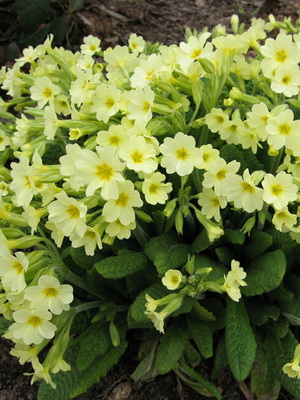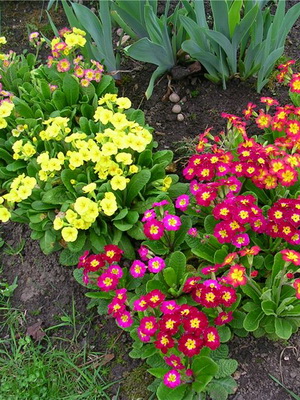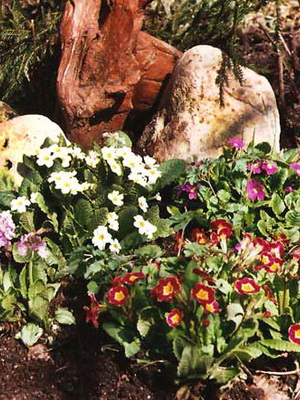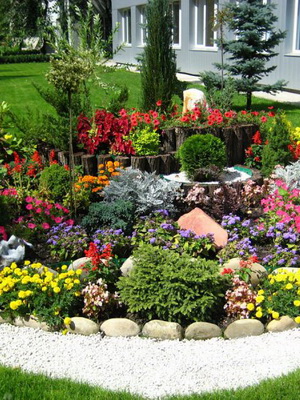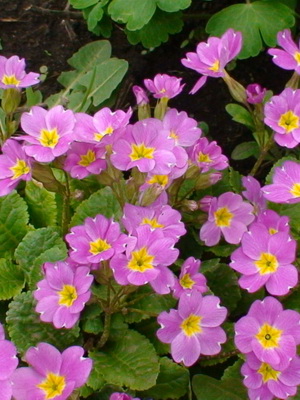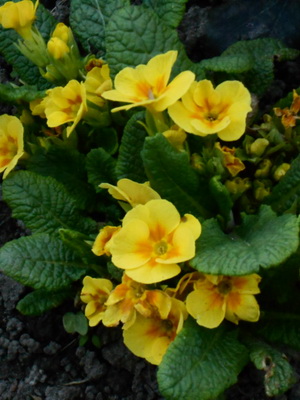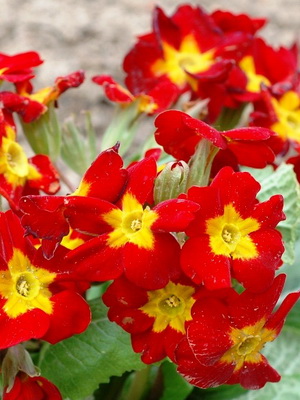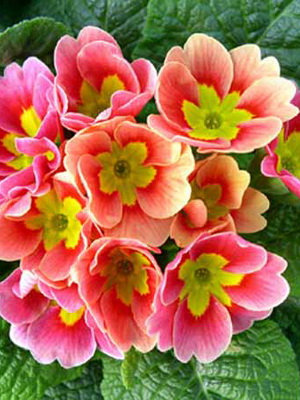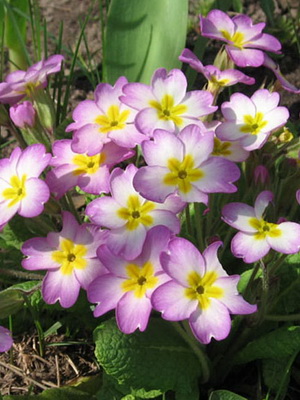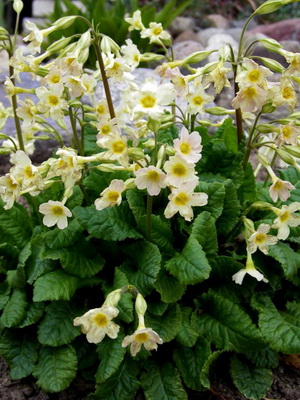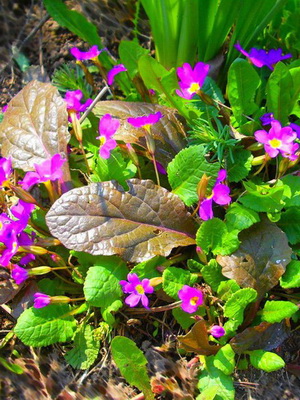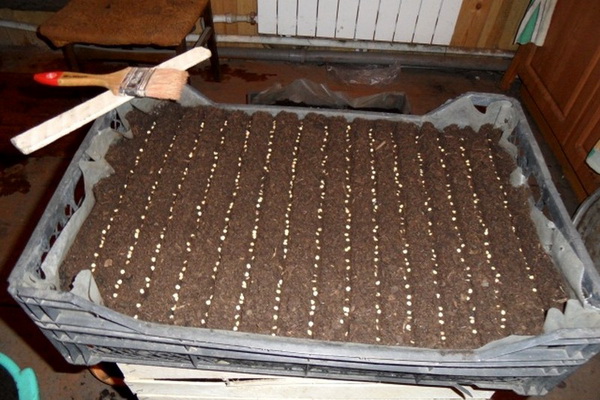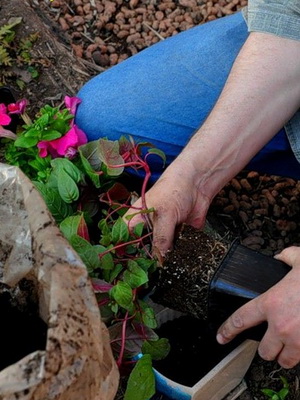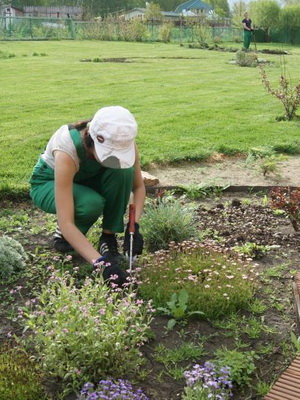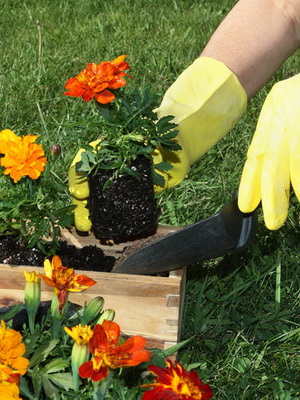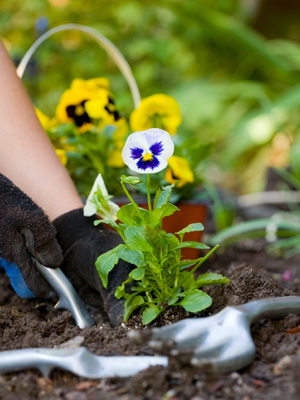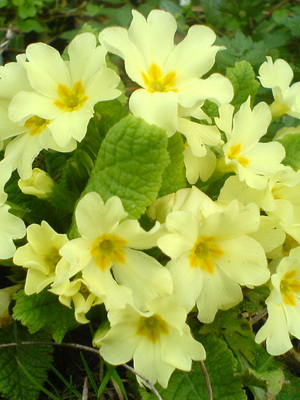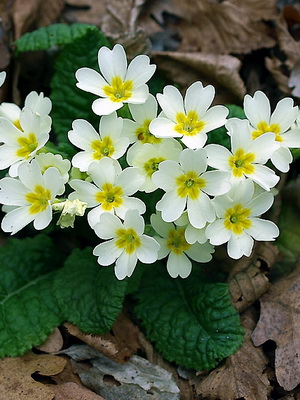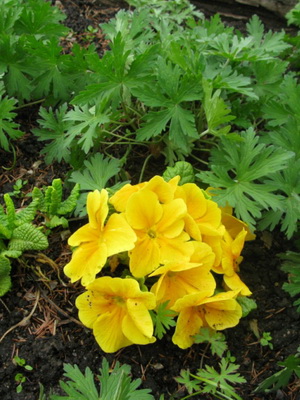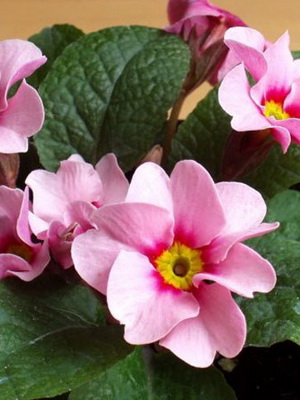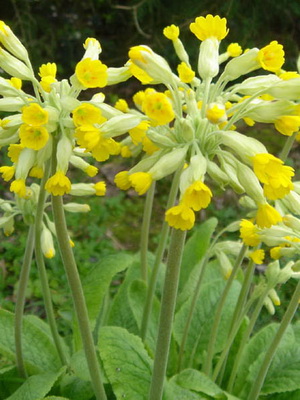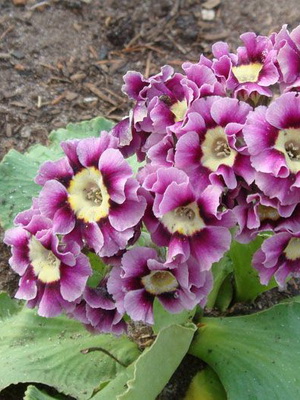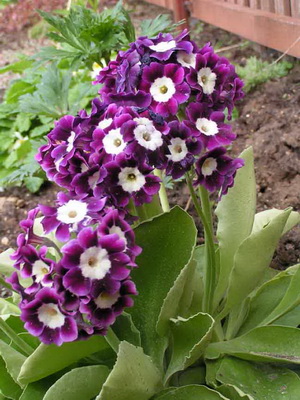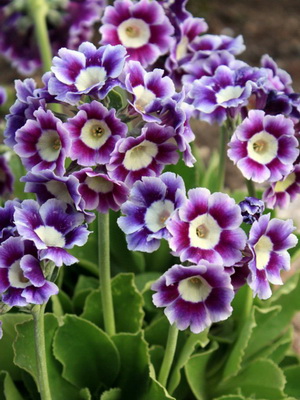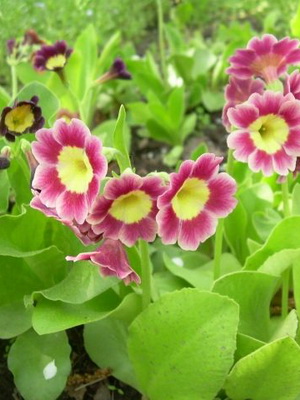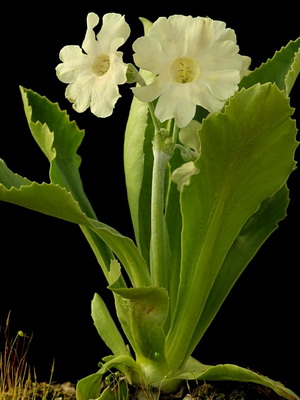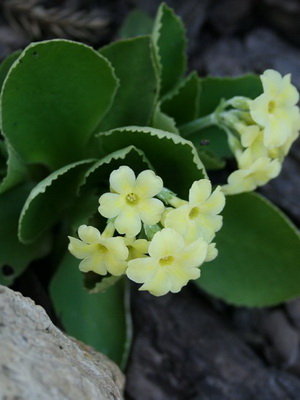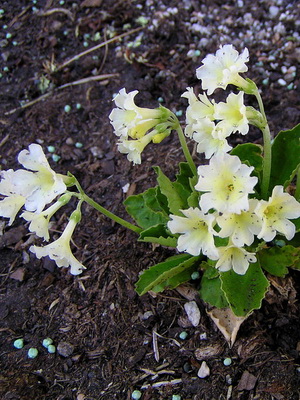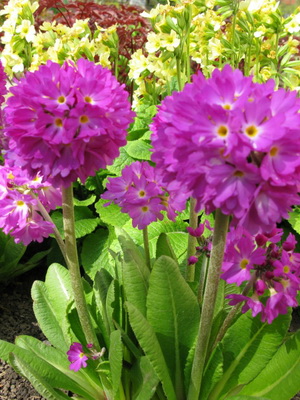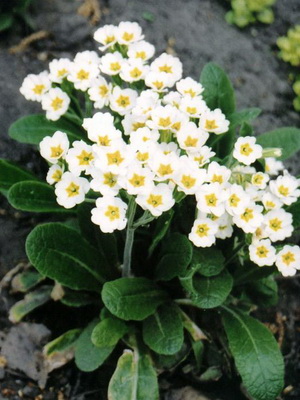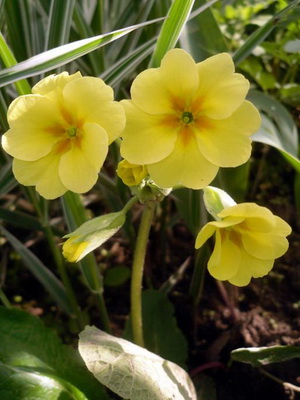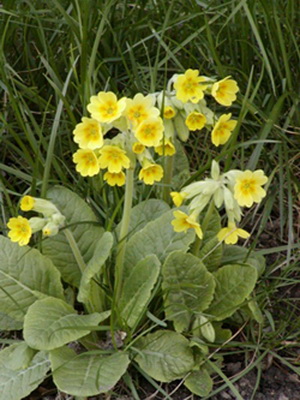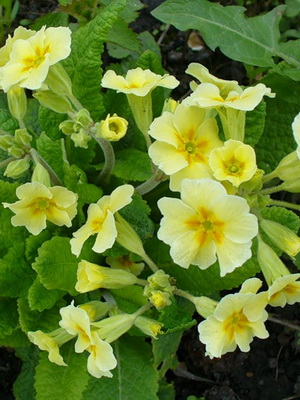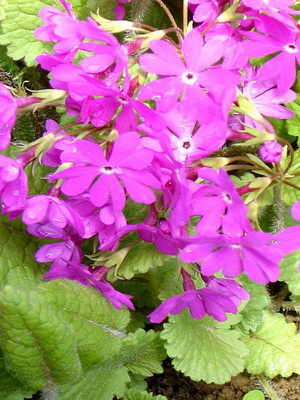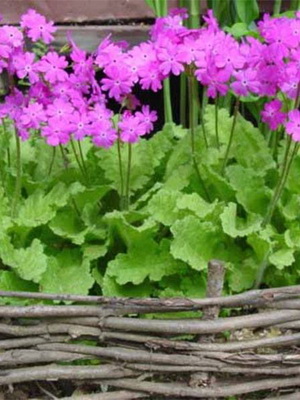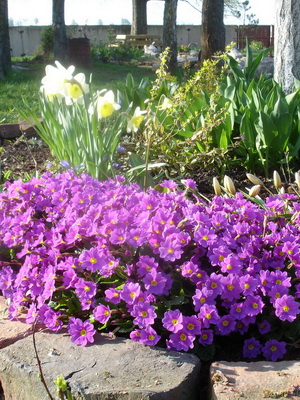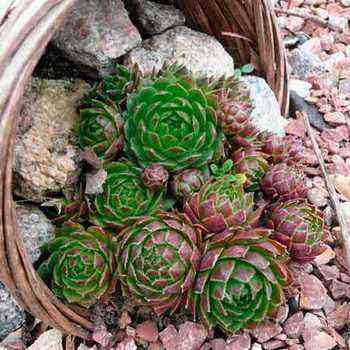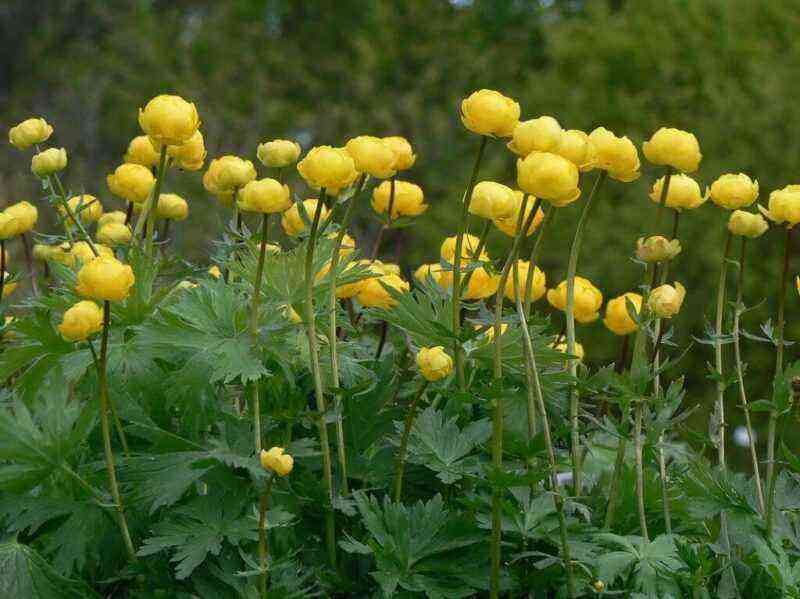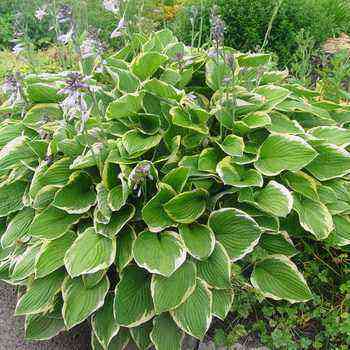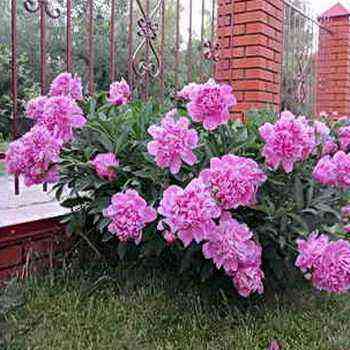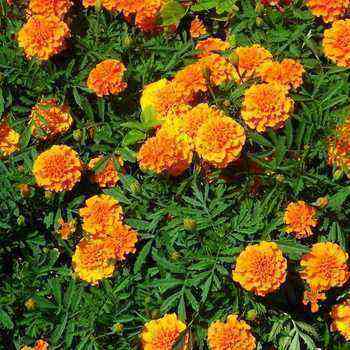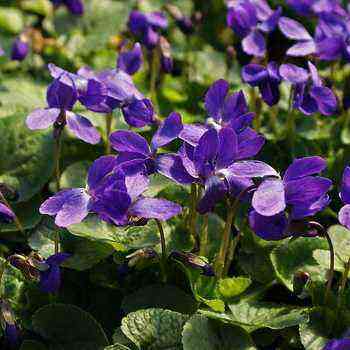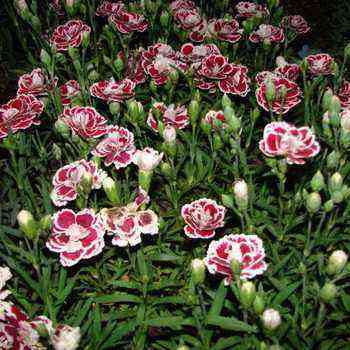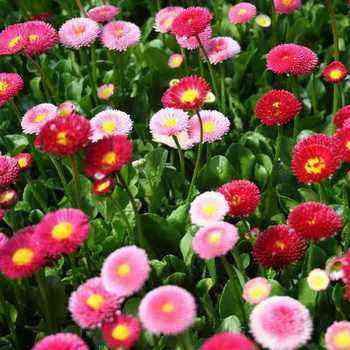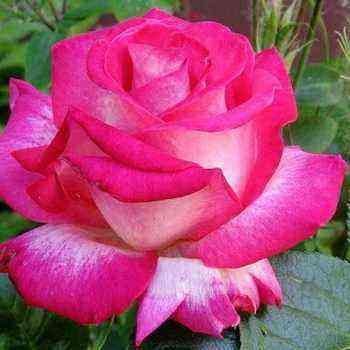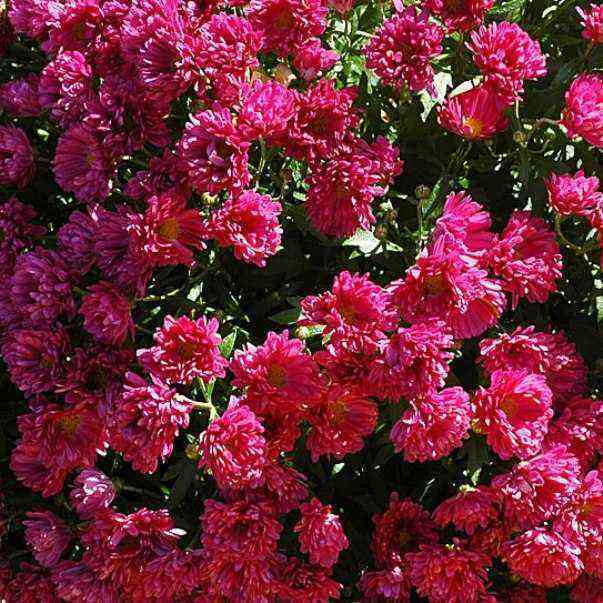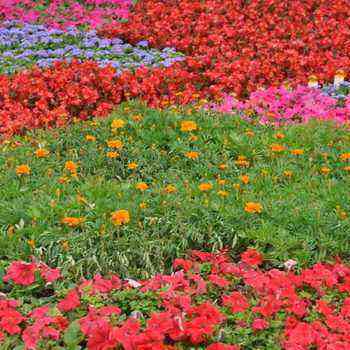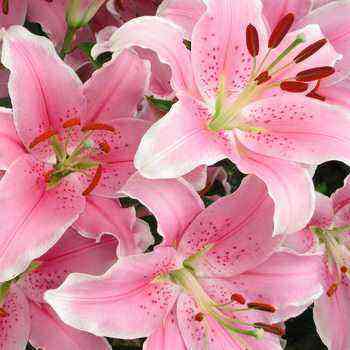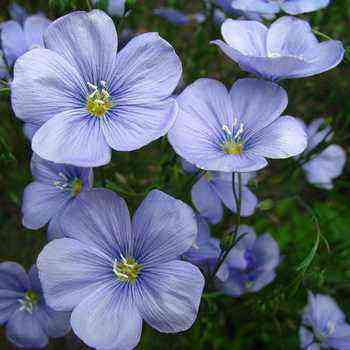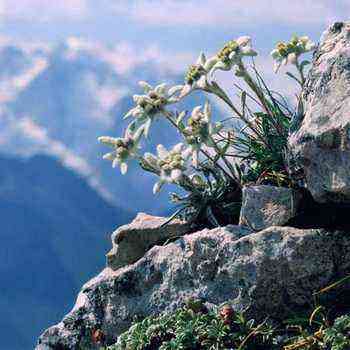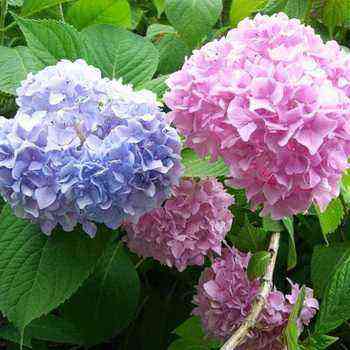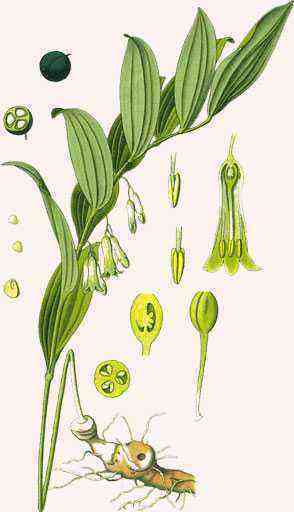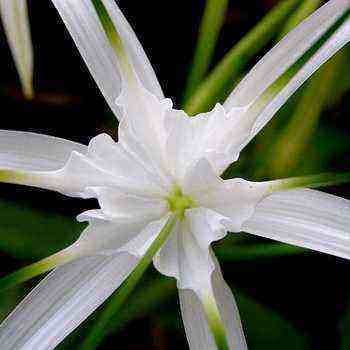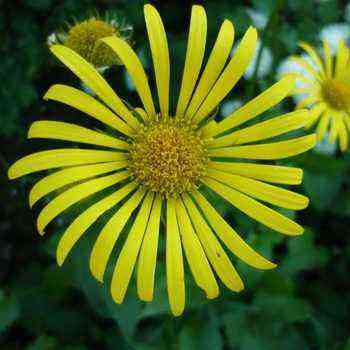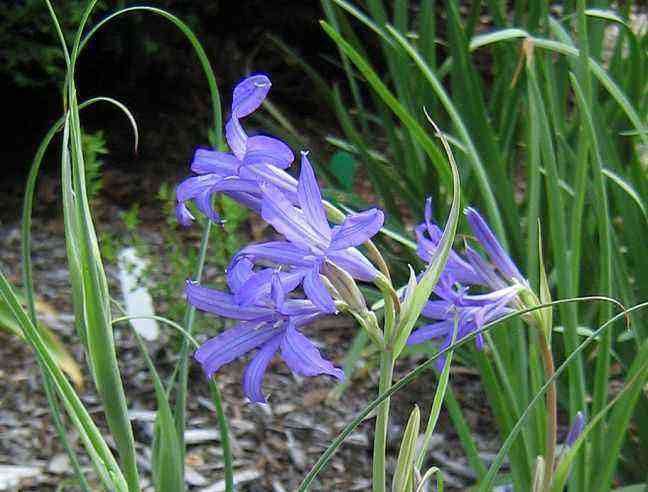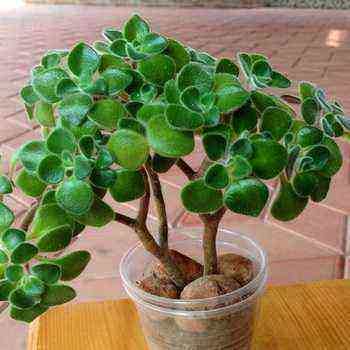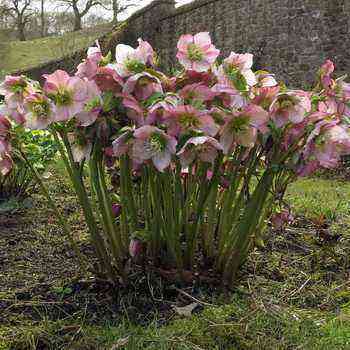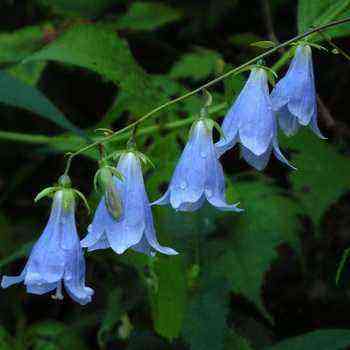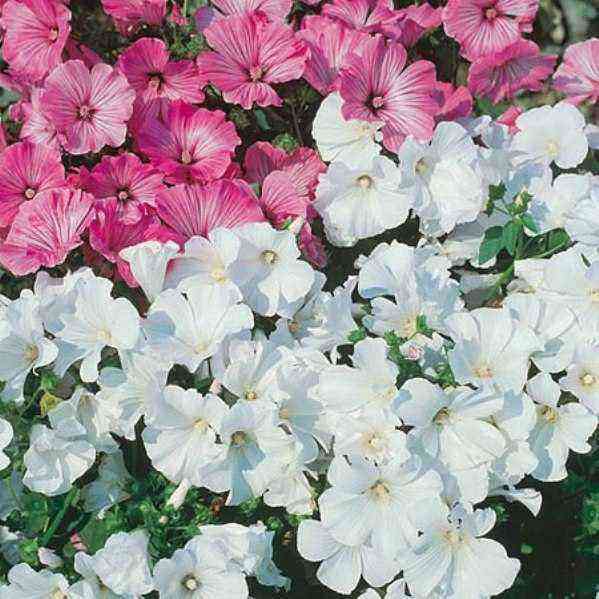
What perennial primroses look like
Primula, or primrose, is a flower from the Primroses family. It is a beautiful perennial plant that usually blooms in early spring. In nature, more than 500 species of primroses are known, common in Europe, America, Asia. They are found mainly in mountainous regions, forests, as well as on the plains on moist, humus-rich soil. Some species – primrose Berengi, Darial, Julia, pocholistny – are listed in the Red Book of the Russian Federation.
On this page, you will find photos and descriptions of the most popular primroses and varieties.
Primroses attract flower growers with early, abundant and long flowering, a variety of colors and shapes, and a pleasant aroma. If you have different types of primroses in your collection, you can admire their bright flowering from early spring to mid-summer. Some species may re-bloom in the fall. The advantages of primroses are also winter hardiness, comparative simplicity of culture, rapid reproduction (by seeds and vegetatively), decorative foliage until late autumn.
Spring primroses bloom almost immediately after the snow melts and bloom until the end of May, combining well with many bulbous and filling the pauses between them.
As you can see in the photo, perennial primroses can be used in any landscape style flower beds, ridges, borders, on alpine slides:
Group plantings form a bright, very picturesque carpet. Long-stemmed varieties are suitable for the first spring bouquets. Plants are suitable for containers, vases. If primroses are planted in pots in the fall, then in March they will bloom on your windowsill.
Primula is a low-growing rhizome plant 10-30 cm high. Wrinkled leaves are collected in a basal rosette. Flowers are solitary or in inflorescences – umbellate, spherical, capitate.
Look at the photo, what primroses look like – the color of flowers can be very diverse, except for sky blue:
Many types of primroses have a strong, pleasant scent. Duration of flowering up to a month.
How to grow a perennial primrose: planting and care (with photo)
The most important condition for the successful cultivation of a perennial garden primrose is the correct choice of a place for planting. They should be planted in semi-shaded or slightly shaded corners of the garden, but well ventilated. They can be placed under single fruit trees, as well as under ornamental trees and shrubs with late blooming foliage.
In open, sunny places, primroses bloom as usual in early spring, but with the onset of summer, their leaves wither and dry out; by the fall, the plants become so weakened that the next year they die or do not bloom.
For planting and caring for primroses, the soil must be prepared moist, loose, fertile. It is recommended to add rotted manure or compost (2 buckets per 1 m2), full mineral fertilizer (150-200 g) and dig it to a depth of 30 cm. Add 1 bucket of river sand per 1 m2 to the loam. Primroses are stirred at a distance of 20-30 cm from each other, and large species at a distance of 40 cm.
How to care for primroses to ensure good flowering? Plants are watered depending on the weather so that the ground is constantly moderately moist. After watering, the soil is loosened and covered with mulch with a layer of 2-3 cm. Plants respond well to the introduction of infusion of bird droppings (1:20). In favorable conditions, primroses rarely get sick and are almost not affected by pests.
Primroses are propagated by dividing overgrown plants and seeds. It is better to plant the delenki in early autumn, so that they have time to take root before the onset of cold weather. Three to four year olds are divided. The overgrown bush gives 4-6 divisions, which should have good roots and several leaves. In hot weather, the planted plants are watered daily for a week.
How to grow primrose from seeds? With seed propagation, wild primroses retain their characteristics. Garden hybrid plants are propagated vegetatively, since when sowing seeds, the properties of the variety are not inherited. The offspring can be very diverse, sometimes very beautiful.
Seeds are sown in late autumn to a depth of 0.5 cm in boxes or directly into the ground. Seeds can also be planted in open ground in spring. Seedlings in the stage of 2-3 true leaves dive first at a distance of 10-15 cm from each other in a shady place. Seedlings are very demanding on moisture and need regular watering. Grown plants are planted in a permanent place. They bloom in 2 years.
Here you can see photos of planting and caring for primroses grown from cuttings and seeds:
Types and varieties of primroses: photo and description
In the gardens, mainly hybrid primroses are cultivated, as well as some wild ones. The most common are the following.
Common primrose, or stemless , is found naturally in the Crimea and the Caucasus. Flowers up to 3 cm in diameter, on a very short stem, light yellow with a purple center. The leaves are rather large, light green. Abundant flowering from the end of April during the month.
As a result of hybridization, many varieties of primroses were obtained with white, yellow, pink, red, lilac, dark blue flowers.
Spring primrose, or rams. Flowers up to 2 cm in diameter, bright yellow with an orange spot in the center, collected in an umbrella-shaped inflorescence on a stem up to 20 cm in height. It blooms for more than a month, from the end of April. They grow mainly hybrid forms with large and double flowers of the most varied colors.
Ear primrose, or auricula , is one of the most beautiful species. It has been widely cultivated in European countries since the 16th century. In nature, it lives in alpine meadows in the mountains of Central and Southern Europe.
As you can see in the photo, the flowers of this perennial garden primrose are yellow, collected in an umbrella at the top of a strong arrow 20-25 cm high:
The leaves are dense, smooth, rounded, forming a beautiful rosette.
Cultivated varieties and natural hybrids with flowers up to 3-4 cm in diameter, mainly two-color with a wide variety of color combinations. The flowers are collected in an umbellate inflorescence on an arrow up to 20 cm high. It blooms in May-June for 20-25 days. The best location is partial shade; in the sun, flowering times are reduced. Auricles are planted in the foreground in mixborders, rockeries, along the paths.
The natural hybrid of the auricula is the pubescent primrose . Fragrant flowers 1.5-4 cm in diameter have a variety of colors (from pure white to purple and brown).
Pay attention to the photo of this type of primrose – there are varieties both monochromatic and with a white, cream or yellow eye:
Flowers are collected in scutes on stems 10-20 cm high. Evergreen leaves are very expressive with a light powdery bloom, sometimes forming a light strip along the edges.
The fine-toothed primrose comes from the alpine meadows of the Himalayas. Numerous small flowers up to 1 cm in diameter are collected in a spherical inflorescence with a diameter of 6-7 cm. A strong peduncle 20-25 cm high after flowering stretches to 50-60 cm. A well-developed plant forms up to 5 peduncles. The color of the flowers is usually lilac, less often white, pink, reddish-purple or dark purple. Blooms from late April for 25-30 days. As the flowering proceeds, leaves grow back, reaching 20 cm. They are strongly wrinkled, finely toothed, on the underside they are covered with a thick yellowish bloom, which enhances the decorative effect. In summer, the small-toothed primrose bush resembles an exotic fern.
Primula high is native to Transcarpathia, southern and central Western Europe. Flowers up to 2 cm in diameter, light yellow, with a darker spot in the center, collected in an umbrella-shaped inflorescence on an arrow 20-30 cm high.
In the photo of this variety of primrose, it is visible that the leaves of the plant are oblong-oval, wavy, toothed, hairy below:
Blooms from late April – early May for 30-35 days. There are numerous hybrids with a variety of flower colors.
Primula kartuzovidny is found in the mountain forests of Western and Eastern Siberia. Flowers up to 2.5 cm in diameter, pink, light purple, collected in 8-12 pieces in an umbellate inflorescence on a stem up to 30 cm high. Leaves are ovoid, toothed, slightly hairy, on long petioles, collected in a small rosette. Blooms in May, again in August and September.
Primrose of Julia. Homeland – Caucasus. One of the most beautiful miniature species with a height of only 10 cm. In April, the plant is covered with a mass of pink-purple flowers up to 3 cm in diameter. Flowering continues until mid-May. The leaves are shiny, bright green. It grows rapidly, numerous creeping shoots soon form continuous soddy carpets. It is one of the few species that grows well in open areas if the soil is loamy and moist enough.

